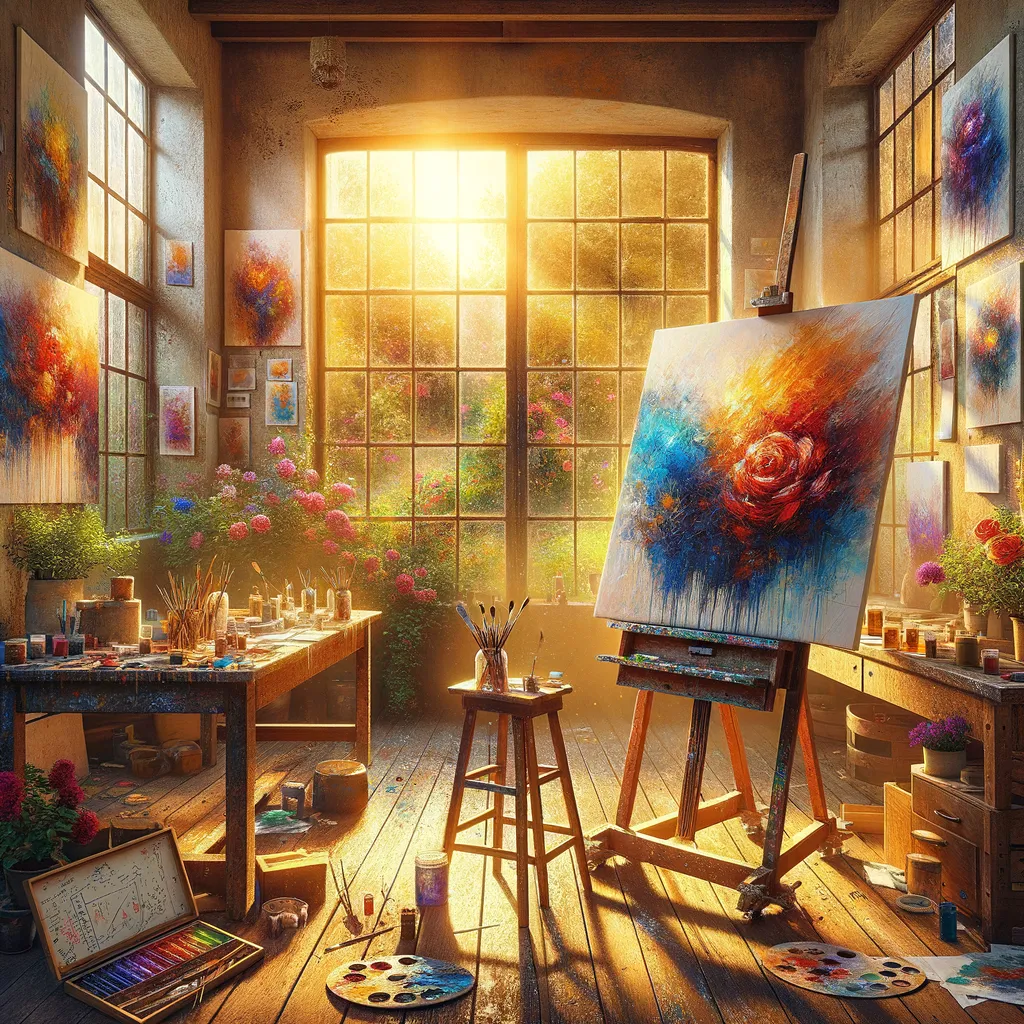Unveiling Connection: The Duality of Our Digital Lives
In a dimly lit electronics store, the protagonist clutches their first mobile phone, unaware that this bulky device will soon weave itself into the very fabric of their life, creating both connection and isolation. As the years unfold, the phone transforms from a mere gadget into a constant companion, revealing a world where laughter is often replaced by the sterile glow of a screen and genuine conversations yield to emojis. Yet, amidst this digital landscape, a surprising revelation emerges: beneath the curated façades of social media lies a shared humanity, rich with vulnerability and empathy. This paradox ignites a quest for balance, prompting a reexamination of the cost of relentless connectivity and the realization that true fulfillment lies in the imperfections of face-to-face interactions. Ultimately, the journey becomes a testament to reclaiming one’s narrative, reminding us that technology, when wielded with intention, can illuminate the beauty of both connection and solitude.
In the memory of February 22, 2001, I found myself standing in the hushed glow of a small electronics store, the air thick with anticipation. It was a time when technology was beginning to weave itself into the fabric of daily life, an unassuming thread that would soon become a tapestry of dependency. The world outside felt both familiar and foreign, as if it were on the brink of a transformation that would shift the very ground beneath our feet. I was there, clutching my first mobile phone, a clunky device with a screen that flickered like a candle in a drafty room. Little did I know that this seemingly innocuous object would become an emblem of an age defined by connection and isolation in equal measure.
The phone was more than a gadget; it was a portal to the world, a lifeline to voices and faces that were once confined to the distance of a landline. With every press of a button, I could summon friends, family, and even strangers into my life, blurring the boundaries of time and space. Yet, as I navigated the tactile sensation of its keypad, I felt a flicker of unease. This device, once a marvel, held the potential to alter the essence of human interaction. Would the warmth of a shared laugh be replaced by the sterile glow of a screen? The thrill of adventure, once found in spontaneous outings, seemed poised to be usurped by digital notifications.
As months turned into years, the mobile phone morphed from a novelty into an extension of self, a companion that whispered reminders and updates, often drowning out the world around me. I watched as friends became entranced by their screens, eyes glazed over, laughter replaced by the tapping of fingers. Conversations dwindled, replaced by emojis and abbreviations that attempted to capture the nuances of human emotion. In this strange new reality, connection felt superficial, as if the essence of a person was distilled into a series of pixels and notifications. I often wondered if we had traded genuine connection for the convenience of digital communication.
Yet, the phone also held a mirror to the complexities of modern life, reflecting not just our desire for connection but our fears and aspirations. It became a repository for memories, a gallery of moments captured in photographs that often lacked the depth of the experiences they represented. The world outside was buzzing with activity, yet here we were, often isolated in our individual bubbles of technology. In a quest for belonging, we had unknowingly constructed walls that separated us from the very people we sought to connect with.
Amidst the rising tide of social media, I stumbled upon an unexpected revelation. Beneath the veneer of curated perfection lay a raw humanity that resonated deeply. Stories of triumph and tragedy unfolded before my eyes, revealing the shared struggles that unite us all. I found solace in the vulnerability of others, realizing that in this digital landscape, there existed a tapestry of lives woven together by threads of empathy. This discovery was both liberating and haunting, a paradox that echoed the duality of the technology we embraced.
However, the allure of instant gratification often masked a deeper malaise. The incessant notifications, the compulsion to refresh feeds, created an unrelenting rhythm that seemed to drown out the gentle whispers of the present. I began to question the cost of this connectivity. Was our relentless pursuit of engagement leaving us more disconnected than ever? The phone, once a bridge to the world, felt like a tether, binding me to a reality that was both exhilarating and suffocating.
As I reflected on this journey, I recognized the power of choice that lay within my grasp. The technology that had once ensnared me now served as a reminder of my autonomy. I began to carve out moments of quiet, to seek the richness of face-to-face interaction, to explore the world beyond the screen. Each step away from the digital cacophony felt like a reclaiming of my narrative, a conscious decision to embrace the imperfections of real life.
In this dance between technology and humanity, I found a delicate balance, a place where I could celebrate the wonders of connection without losing sight of the profound beauty of solitude. The phone, now a tool rather than a master, became a canvas upon which I painted my own experiences. It was no longer just a means of communication but a reminder that life, in all its messy glory, is best lived with intention and presence.
As I think back to that fateful day in February, I realize that the mobile phone is more than a piece of technology; it is a reflection of our collective journey. It holds the power to connect and to isolate, to empower and to overwhelm. In this intricate web of modern existence, what does our reliance on technology reveal about our deepest longings and fears?
In the intricate dance of technology and humanity, the mobile phone emerges as both a bridge to connection and a tether to isolation, revealing the profound complexities of modern existence.



